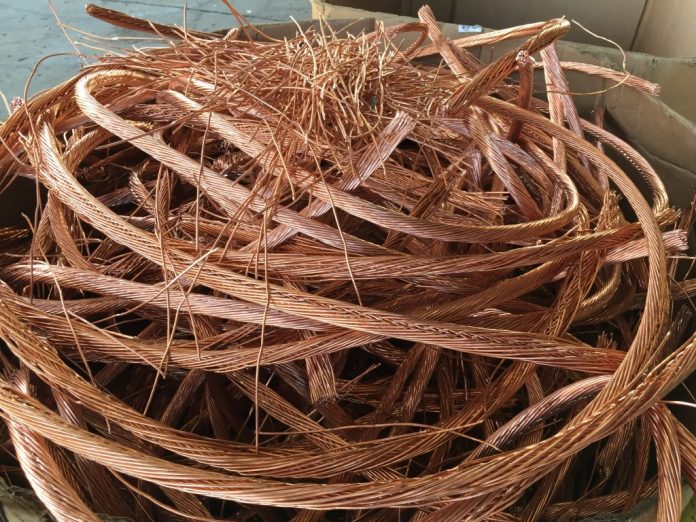From time unknown, the practice of copper recycling is done on a commercial basis. Since that time, this recycling process has been honored as one of the best economic practices. Copper has been one of the top adored elements that found its preference even among the poorest people of the world. Alloys of copper and the metallic copper are used to make useful artifacts.

Various renowned artifacts were made during the middle ages. Women used to wear various ornaments made from metallic copper. In the current days, the entire copper and copper alloy industry depends on the volume of economic copper recycling as well as other surplus products. Right from coins to wires, utensils and many other items for everyday use, copper is used in multiple ways to give you the best value for money.
Scrap Values of Copper
Usual commercial supplies of copper are mainly used in the acute electrical applications such as the production of fine and superfine enameled wires. The process of copper recycling is used in such applications to ensure the purity as the copper we obtain from such processing is the pure form of the metal. The availability of pure metal also ensures high conductivity, freedom and consistent annealability from breaks during rod production and subsequent wire drawing. The applied enamel layers are thin, yet these could sustain voltage. Therefore, these must not have any surface flaws.
The copper used for power cables is also drawn from high conductivity rod in thicker sizes than finer wires. The quality requirements for metal are slightly stringent as the presence of any undesirable impurities can cause problems such as hot shortness.
Scrap Values of Brasses versus coppers
The process of copper recycling alloy Brass is one of the fundamental essences of current industries. Brass that is used for extrusion and hot stamping is normally made from a basic melt of scrap. These scrap bear similar composition that has been adjusted by the addition of virgin copper or zinc as per the requirement of the arrangement before pouring. The cost of fabricated brass keeps at a lower range as brass scraps are bought at considerably lesser prices than the metal mixture price. Now many companies reuse the copper wires, copper utensils, and other copper items to make convert them into new pieces.

Re-melting is another process of copper recycling alloy. Zinc is seen to evolve through such a process. The evolved metal is made up of the melt so that it can be brought back within it through the maintenance of specifications. The Zinc is evolved in the oxide form. This is drawn off and trapped in a baghouse and recycled for the manufacture of other products.
Other Copper Alloys
The advanced procedure of copper recycling alloy could enable the extrusion of various dear metals. These include phosphor bronzes, gunmetals, leaded bronzes, and aluminum bronzes. These are normally constructed with closely controlled specifications. This helps the manufacturers ensure their fitness for demanding service. They are usually made from ingots of guaranteed composition mixed with process scrap of the same composition; these are combined with care. If the scraps are obtained in mixed form or are of unknown composition, it is first re-melted by an ingot maker and put to further analysis.
When simple re-melting is not possible as either the copper or the copper alloy straps are highly contaminated, other means of recycling are adopted. Use in these forms proves the indispensability of copper in the growth of the industry. You can now choose agencies to hire them for copper recycling, for copper wire recycling after they are thrown as wastage, and also if you want to go for re-using the scrapped copper without any effect on the process of recycling.






























































